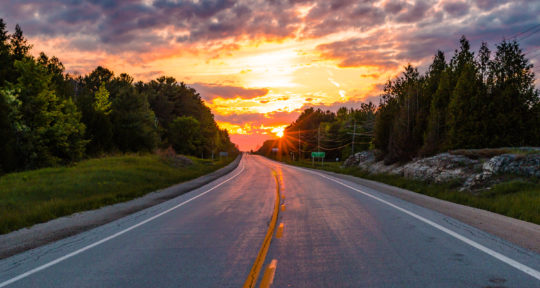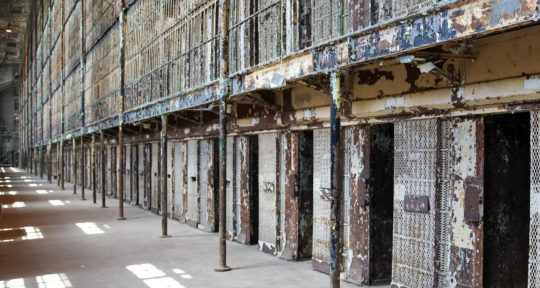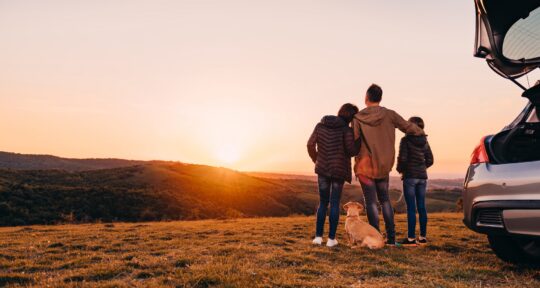Somewhere over the North Carolina Blue Ridge Mountains, way up high, is a place where troubles melt away like lemon drops. But you don’t have to fly like a bluebird or get carried by a twister to land above the chimney tops—just follow the winding, double-yellow-lined road to the top of Beech Mountain.
Located 5,506 feet above the town of Banner Elk, North Carolina, sits Land of Oz, a once-abandoned theme park based on L. Frank Baum’s 1900 novel, The Wonderful Wizard of Oz. Although Baum’s book (one of 14 Oz novels he penned before his death in 1919) was popular, it was MGM’s 1939 movie adaptation, The Wizard of Oz, that catapulted the story of Dorothy Gale and her three lovable companions into the pop culture stratosphere. The movie, starring Judy Garland, has continued to enchant and inspire generations of children—and adults—for the past 80 years.
Land of Oz, which first opened its emerald gates in 1970 and closed only 10 years later, now reopens several times a year: in early summer for the interactive event Journey with Dorothy, and on September afternoons and evenings for Autumn at Oz and Dining with Dorothy.
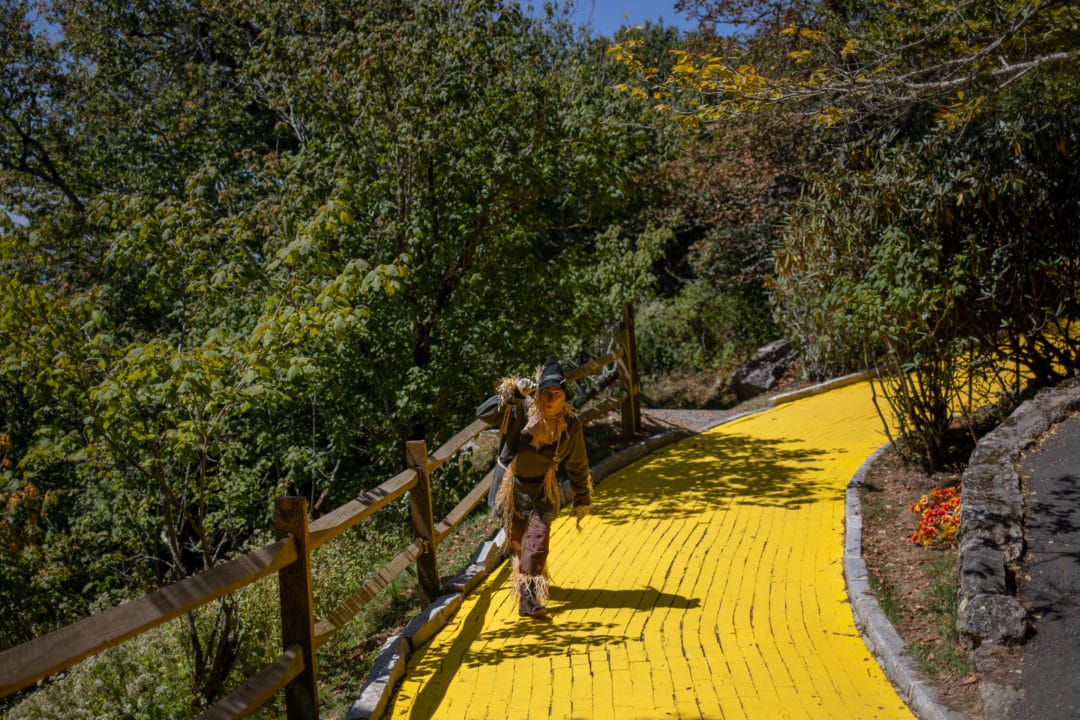
When I was a kid, I watched The Wizard of Oz so many times that our VHS tape gave out one day due to sheer exhaustion. As I grew older, I knew, of course, that Oz was not a real place—even in the movie, it’s all ultimately revealed to be an elaborate fever dream. I was born five years after the last pair of ruby slippers skipped over the shiny yellow brick road perched high atop Beech Mountain, but this September, I finally got to realize my dream of visiting Land of Oz.
Autumn at Oz
Skies are blue and the clouds are far behind me as I slowly navigate the numerous, stomach-churning hairpin turns along Beech Mountain Parkway. Visitors searching for their heart’s desire in Oz don’t need to liquidate a witch or bring a broomstick offering; all that’s required for entry is a yellow wristband. Tickets to Autumn at Oz, the park’s most popular event, usually go on sale in June. This year’s festival was expanded to two consecutive weekends to commemorate the 80th anniversary of the movie’s theatrical release on August 25, 1939, and included food and craft vendors, pony rides, and appearances by Oz authorities.
After parking in downtown Beech Mountain, I board a shuttle (borrowed from a local Christian tour group) that takes visitors on a 10-minute ride further up the mountain along Oz Road. The shuttle stops on the narrow road to let descending vehicles pass, but a screen playing The Wizard of Oz on a loop keeps us entertained. Passengers mouth the words along with the beloved characters, and our small shuttle contains one child-sized lion, one scarecrow, and several Dorothys.
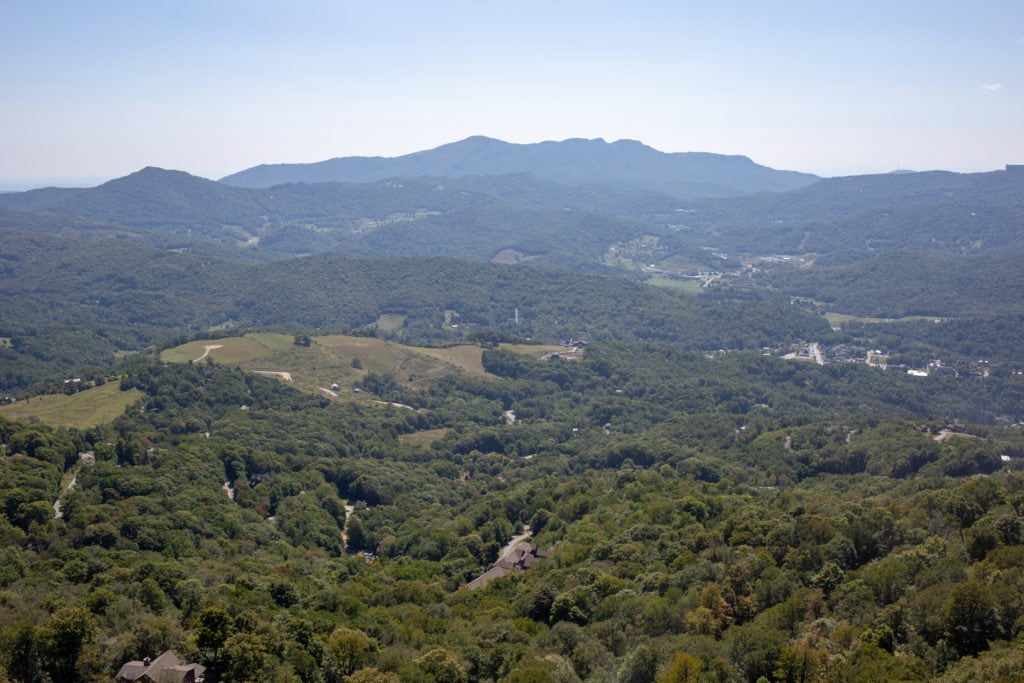
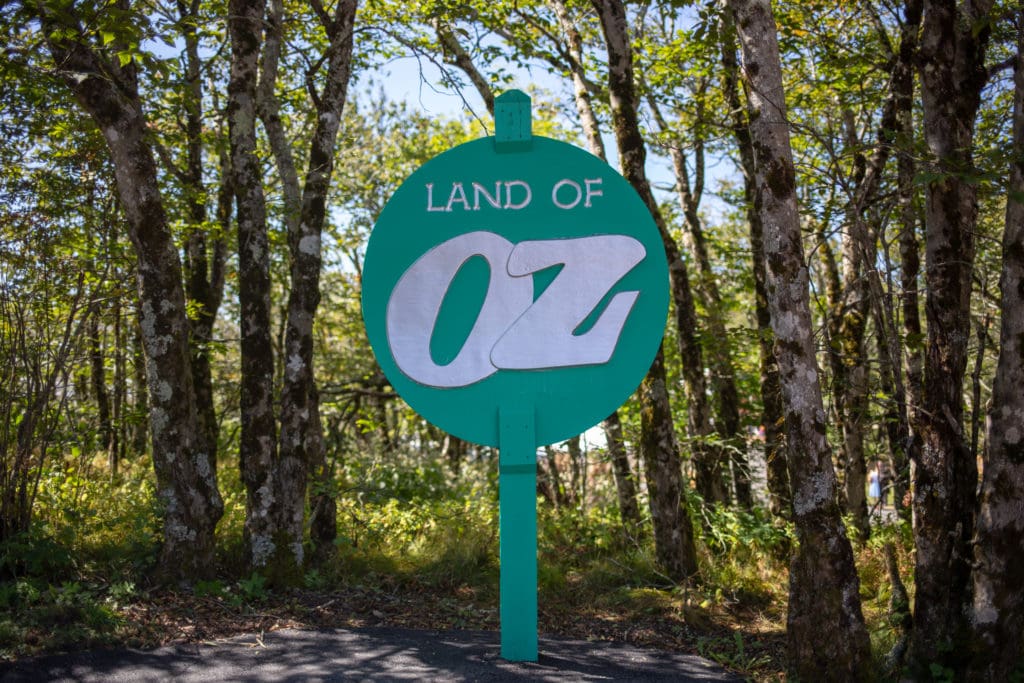
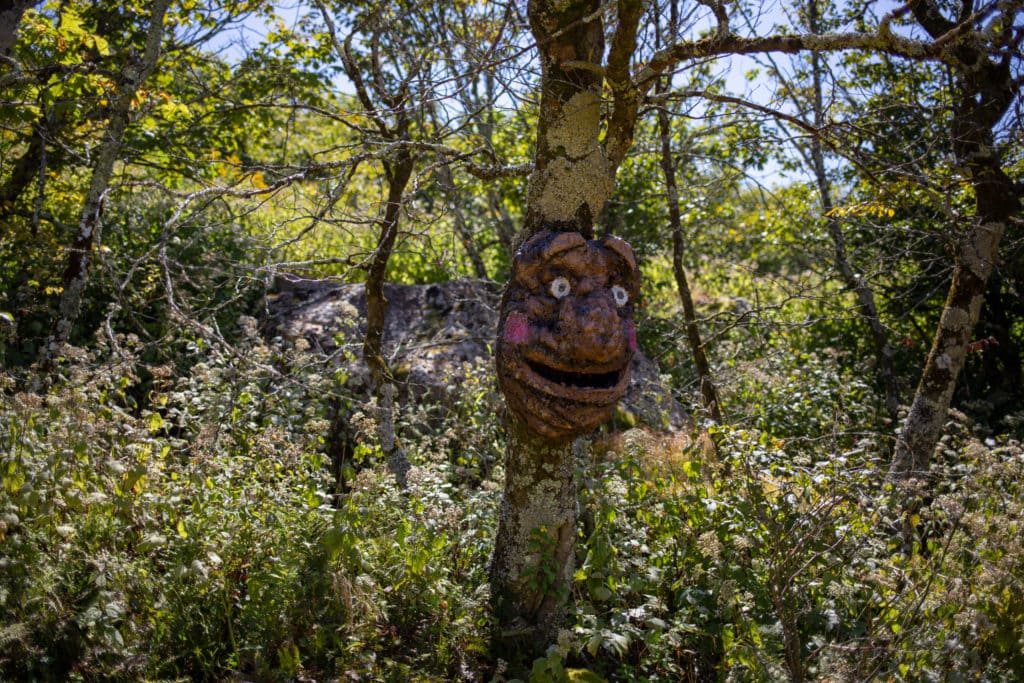
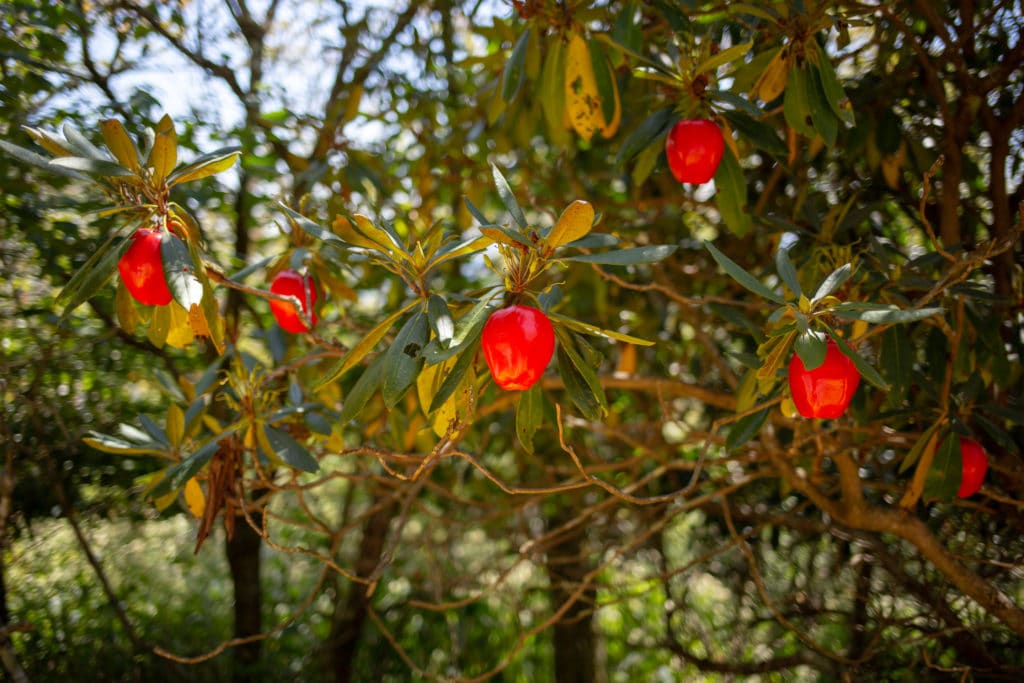
We’re dropped off at the Judy Garland Memorial Overlook, a gazebo with incredible views of the lush green landscape. The leaves have just started to lose some of their luster on their way from bright green to deep golds and reds. There’s a slight chill in the air, but despite the festival’s name, autumn has not yet come to Oz.
The merry old Land of Oz
In 1966, three brothers—Grover, Harry, and Spencer Robbins—decided to build an entertainment complex on the top of Beech Mountain. Their main attraction was to be a ski resort, but the Robbins brothers needed a way to attract visitors outside of the area’s brief winter. Western North Carolina isn’t Kansas, but according to Tim Hollis’ book The Land of Oz, the Robbins family consulted with a Charlotte designer, Jack Pentes, who had been dreaming of creating an Oz-themed park for years.
“It was the indigenous trees, twisted and gnarled by centuries of exposure to the harsh mountain climate that reminded him of the crabby apple trees in MGM’s 1939 movie version of The Wizard of Oz,” writes Hollis.
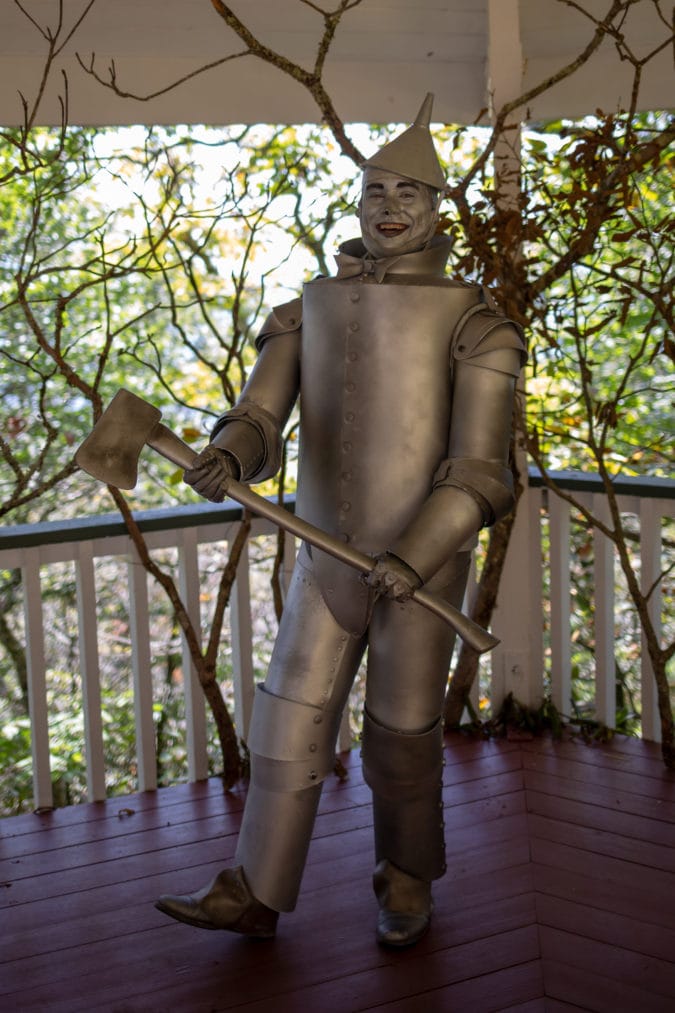
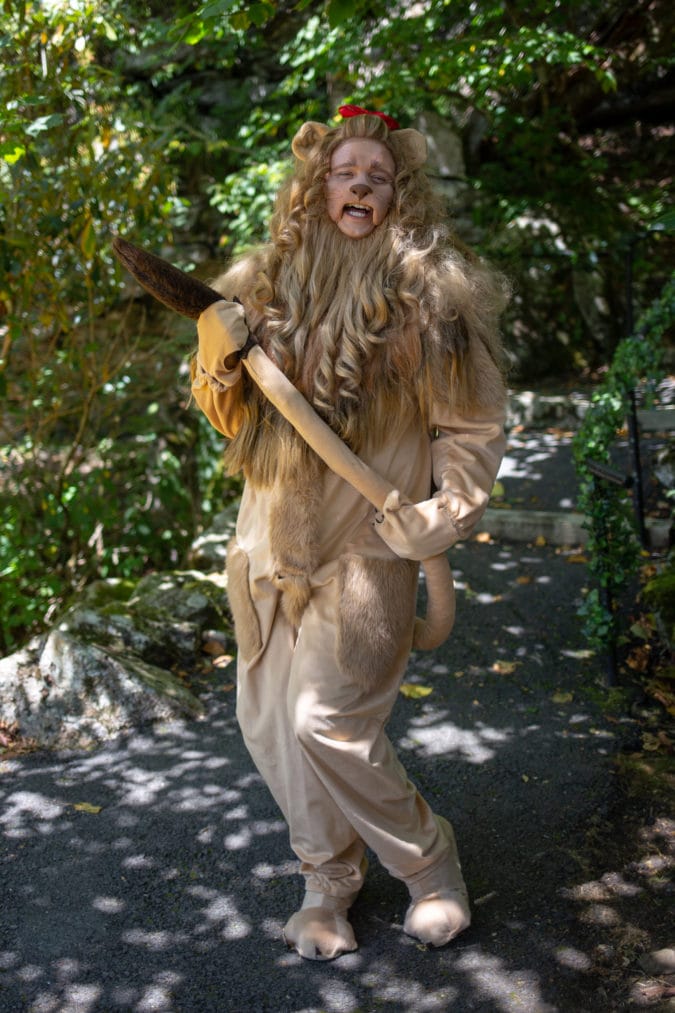
Several similar parks had been planned since Baum’s book debuted—including one by Baum himself—and there were Oz-themed sections within the 1933 Chicago World’s Fair and at Cincinnati’s Coney Island. But Land of Oz was the first full-scale park dedicated entirely to the exploits of Dorothy and the characters she meets on her journey to the Emerald City.
The film, which was released the same year as Gone with the Wind, was beloved by critics, but failed to initially recoup a significant portion of its massive $2.7 million budget (nearly $50 million today). It didn’t turn a profit until it was re-released in 1949, and it didn’t become a household staple until its television debut in 1956. Judy Garland’s death in 1969 renewed the public’s interest in the film and new generations discover it every day.
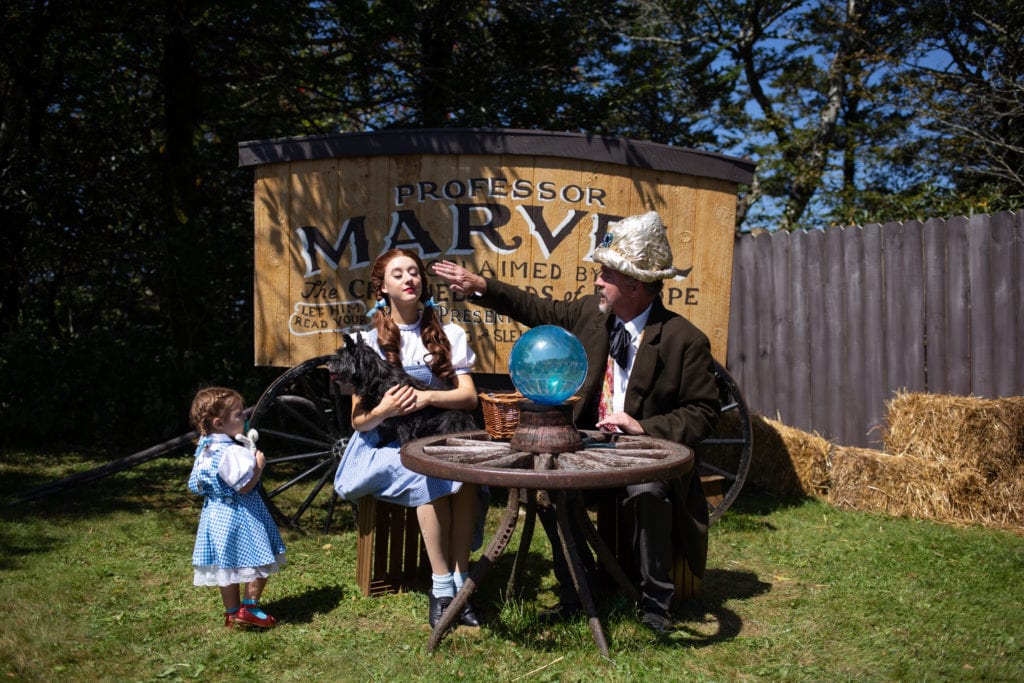
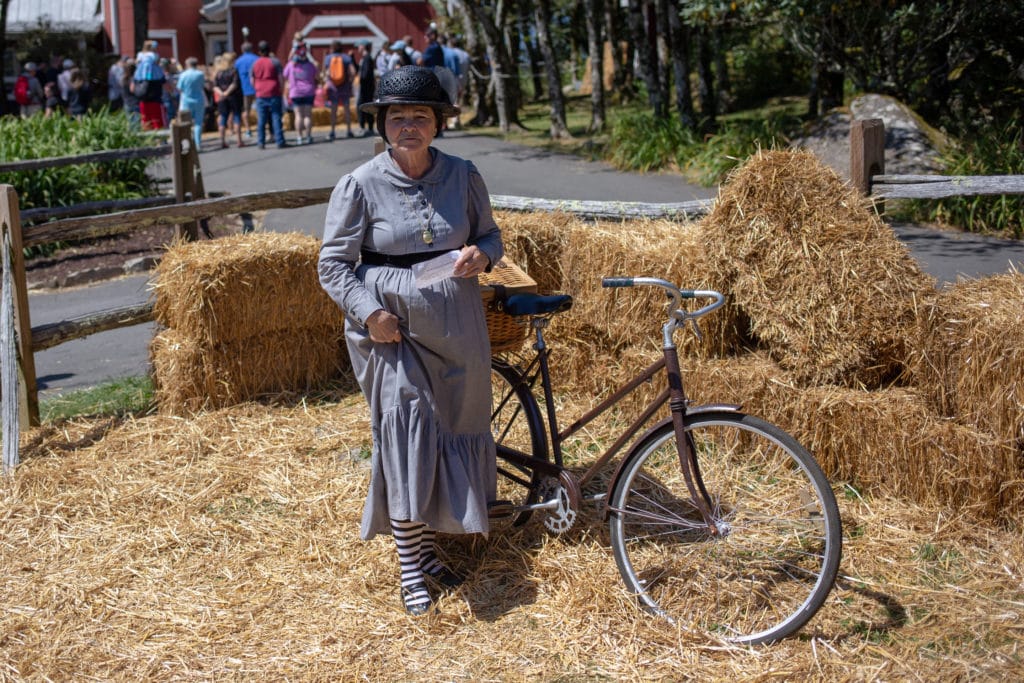
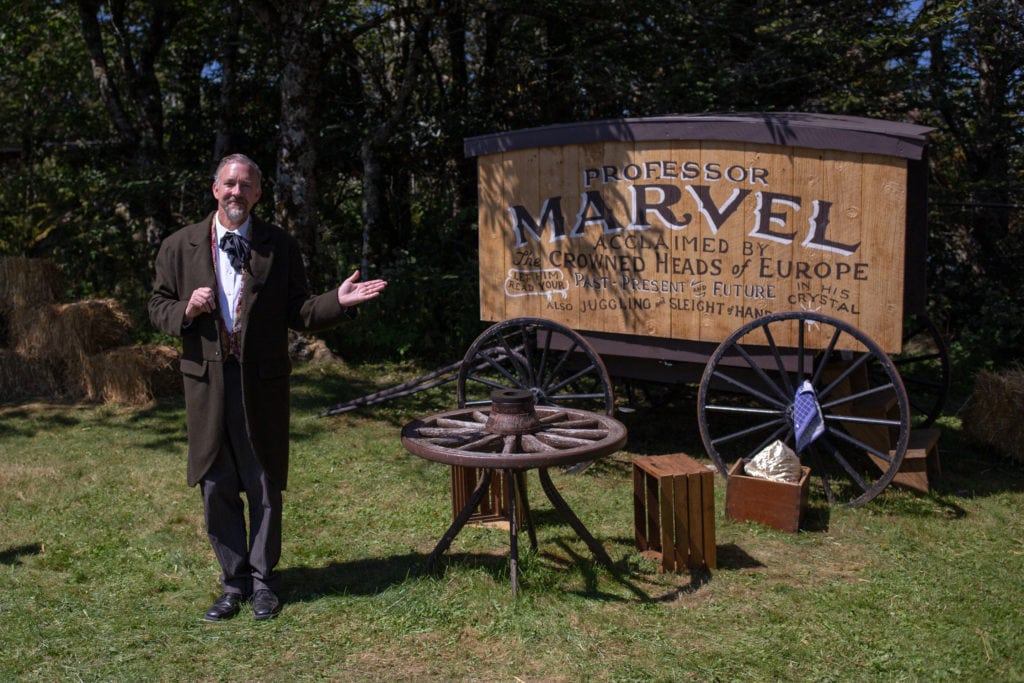
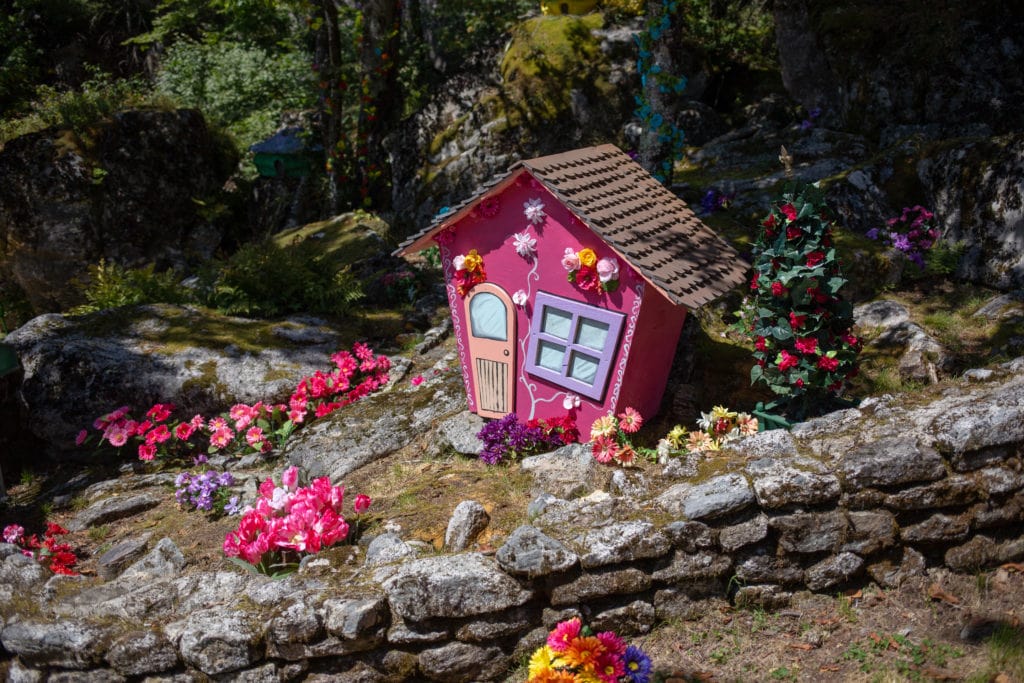
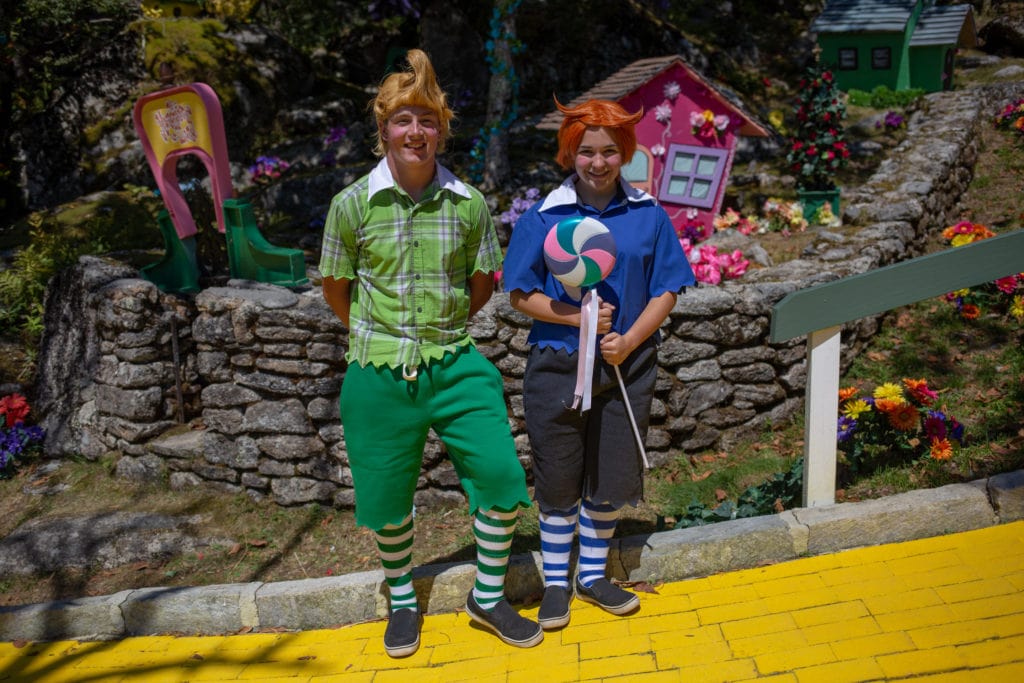
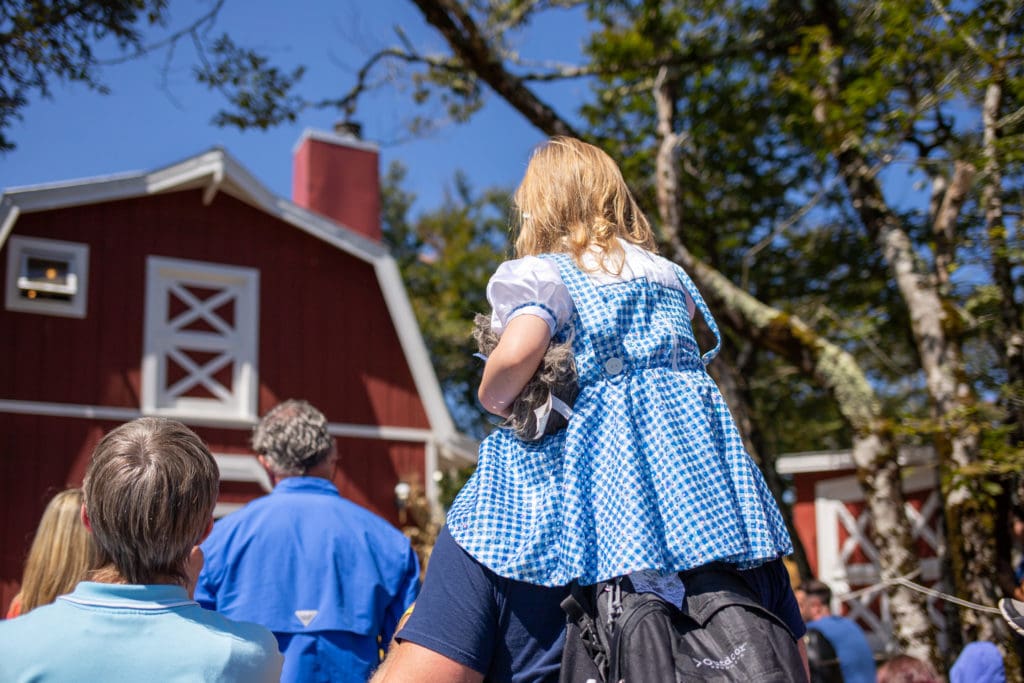
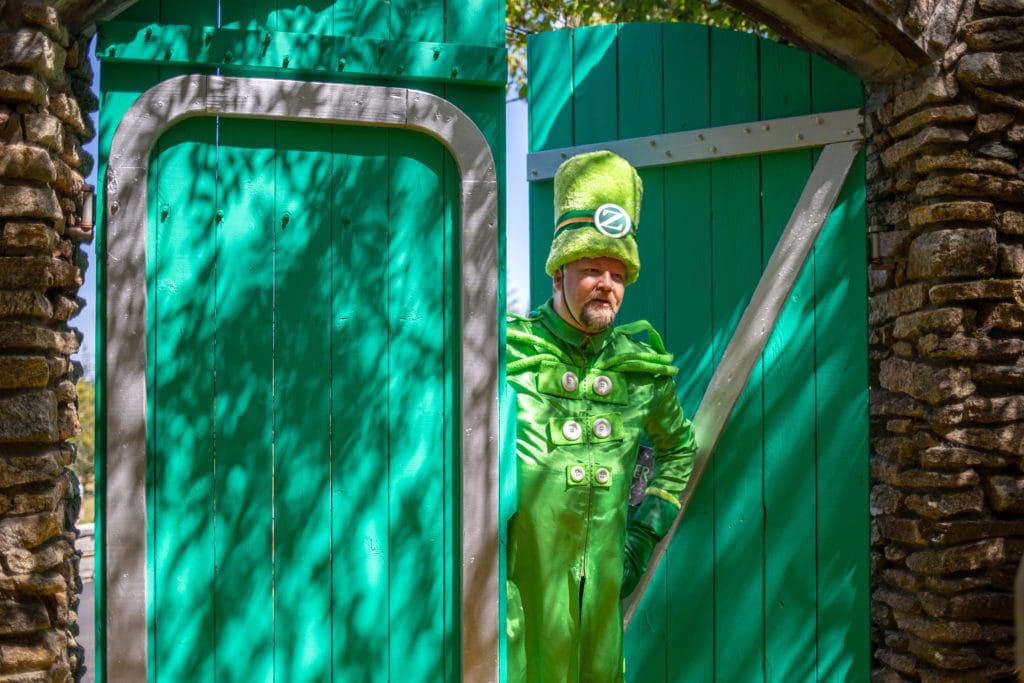
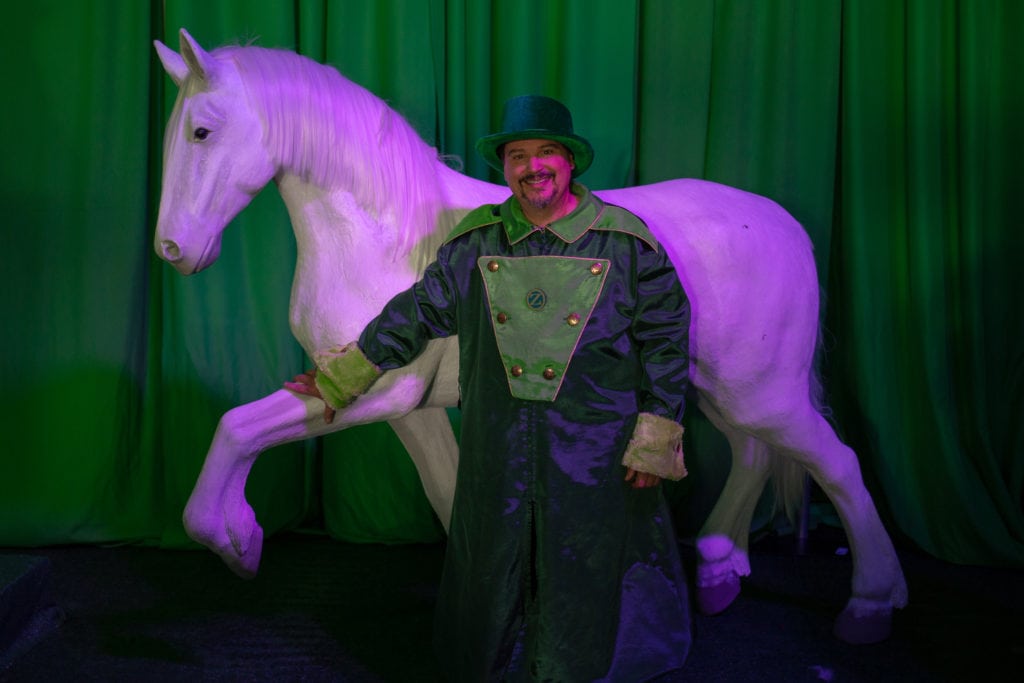
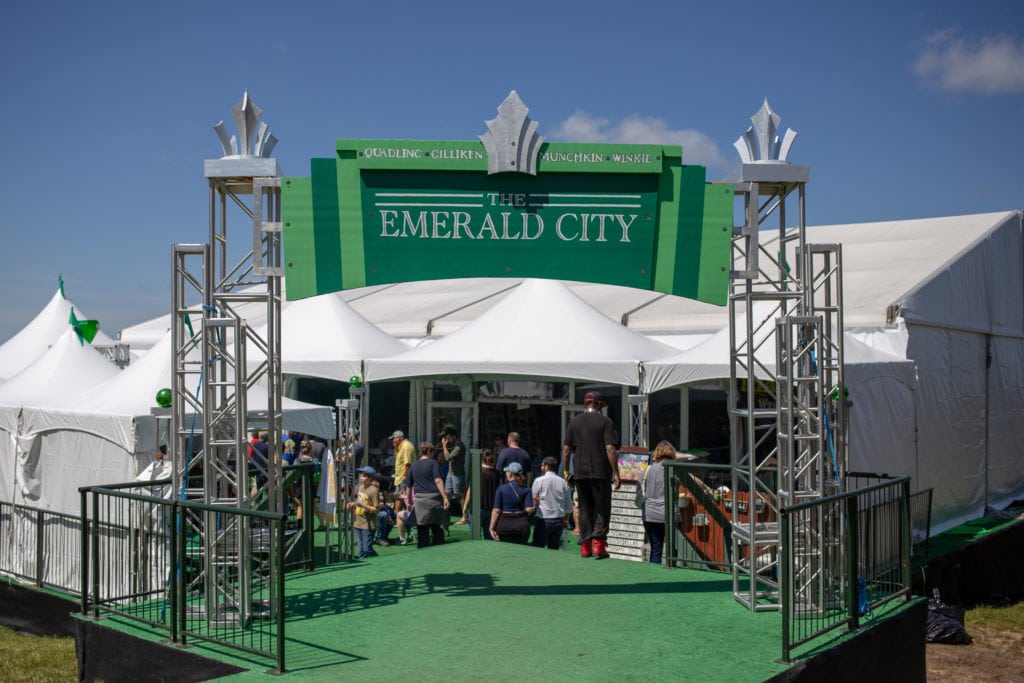
Although MGM retains the rights to the movie’s look, Baum’s story and characters entered the public domain in 1956. In 1970, MGM held a massive auction of old Hollywood props and costumes, including hundreds of items from The Wizard of Oz. Spencer Robbins managed to purchase several important pieces with his $25,000 budget, including one of Dorothy’s signature blue gingham dresses. Robbins’s main competition was actress Debbie Reynolds, who intended to open her own museum of movie memorabilia.
According to Hollis, Robbins and Reynolds struck up a deal stipulating that Land of Oz would loan Reynolds its Oz memorabilia in the park’s off-season if she would refrain from bidding on certain items. Reynolds—along with Harry Robbins and Pentes—cut the ribbon on opening day, accompanied by her daughter, Carrie Fisher (seven years before Star Wars).
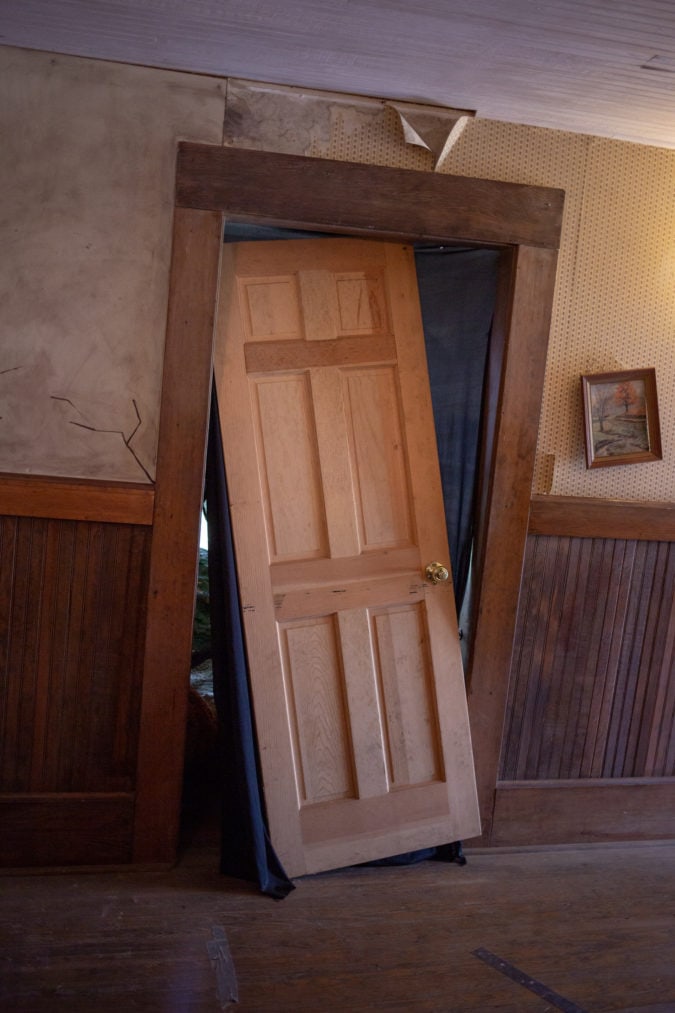
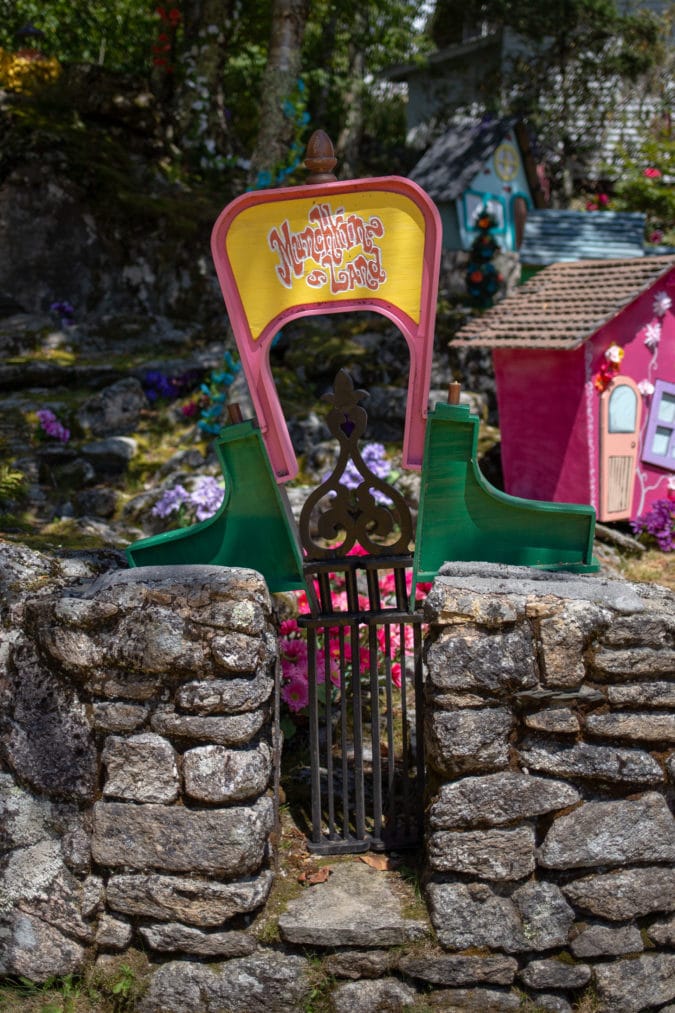
On December 28, 1975, a devastating fire swept through Oz, destroying a lot of the park’s props that were in storage for the winter. The theater and gift shop were damaged, and Garland’s gingham dress went missing. The park was rebuilt, but the dress was never recovered. For an extra fee, visitors to this year’s festival could visit a small makeshift museum near the parking area, which houses a few notable pieces including costumes worn by the munchkins, a Winkie Guard spear, and the Emerald City gatekeeper’s cape.
It’s a twister
After the overlook, I walk a few hundred feet and find that I am, in fact, in Kansas. Land of Oz’s version of the Midwestern state includes a classic red barn, the white Gale farmhouse (more American Gothic here than ramshackle), Professor Marvel’s wagon, Baum’s Bazaar (a souvenir shop), and Gale Gable Pavilion, which is stocked with lemonade and fresh kettle corn.
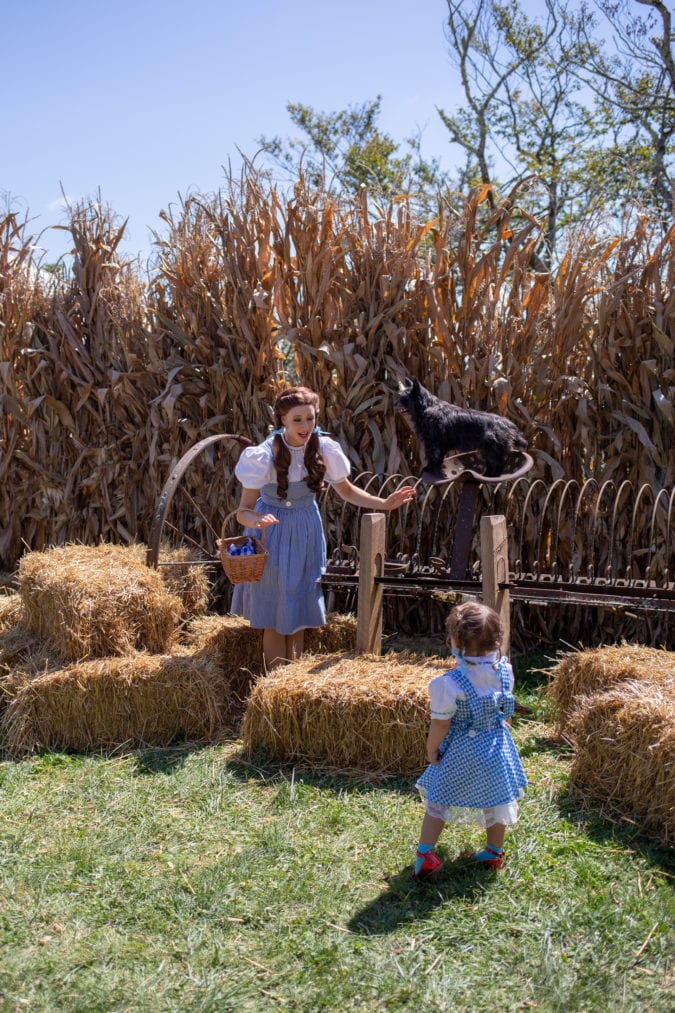
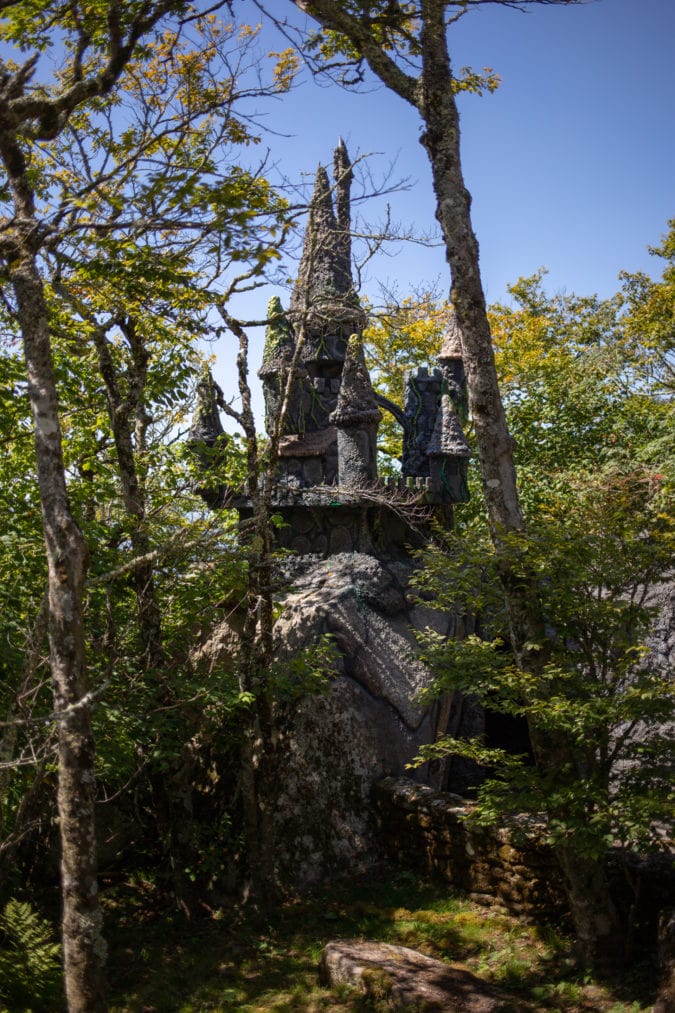
Miss Almira Gulch scowls at me and asks if I’ve seen Dorothy. “Her little dog bit me!” she exclaims, posing near her bicycle and lifting her gray dress to reveal her black-and-white-striped stockings when she notices my camera. Three farmhands do a little jig to warm up the crowd, and then Dorothy—carrying a cairn terrier named Toto, naturally—moves over to an area set up with cornstalks and haystacks and begins to sing Harold Arlen’s classic, “Over the Rainbow.”
A tiny girl dressed as Dorothy wanders into the scene—a sentimental moment for anyone with a heart. Others have to get to the Emerald City to find one, and at Land of Oz, the only way forward is through the Gale house. I walk through the farmhouse and into the dark basement, where the stairs twist and turn—simulating a tornado—and deposit me back upstairs. The floors are pitched at an angle and everything is now askew; it’s hard to walk or think straight—but as soon as I’m back outside, I realize I’m not in Kansas anymore.
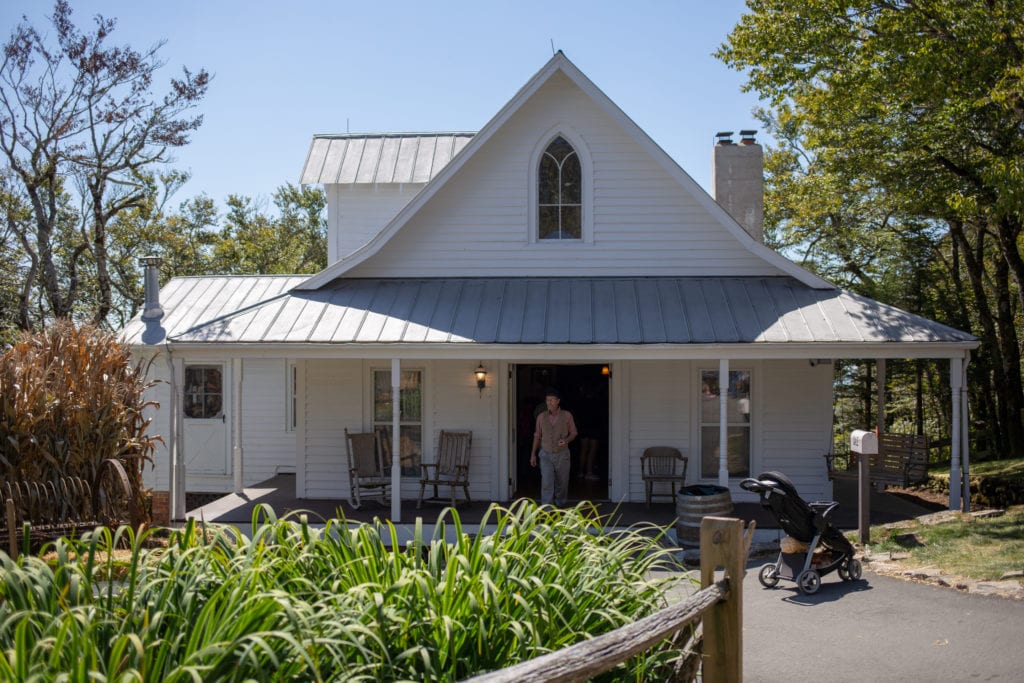
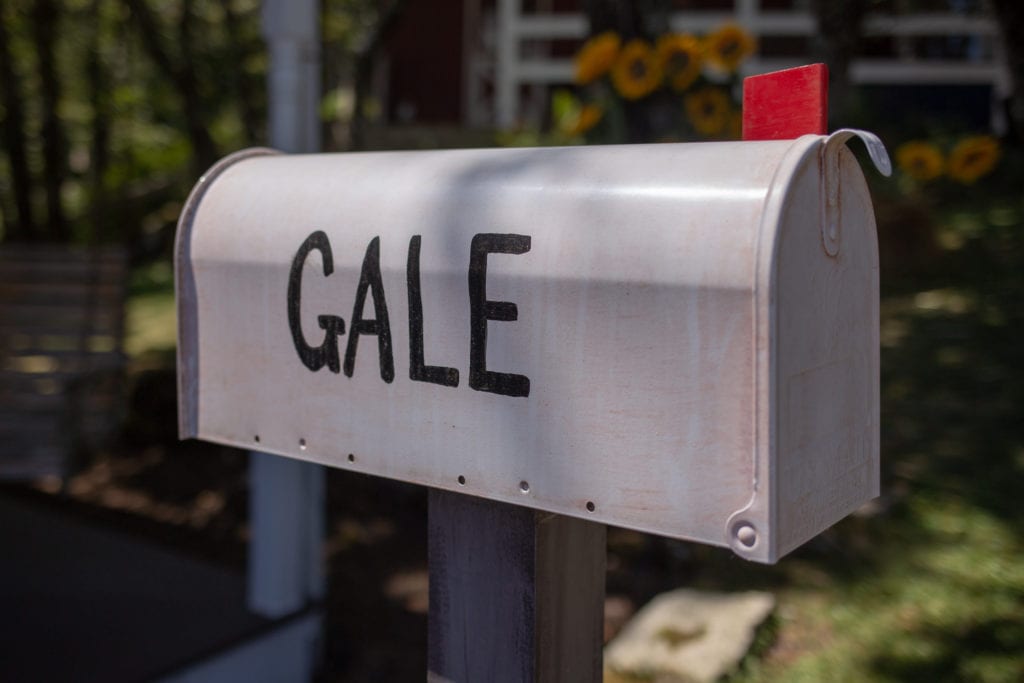
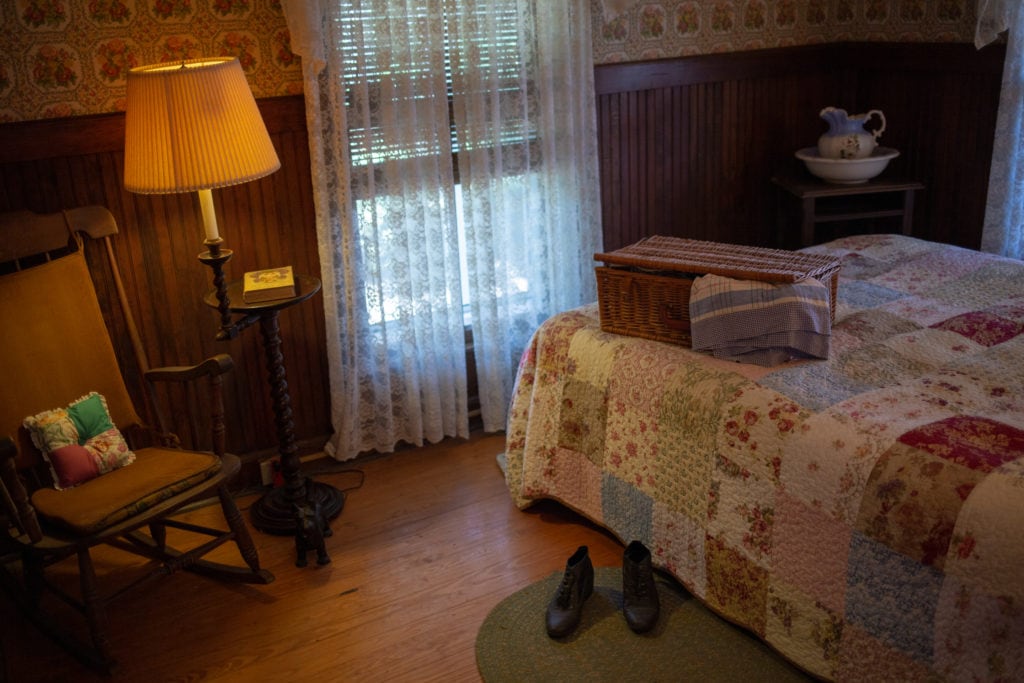
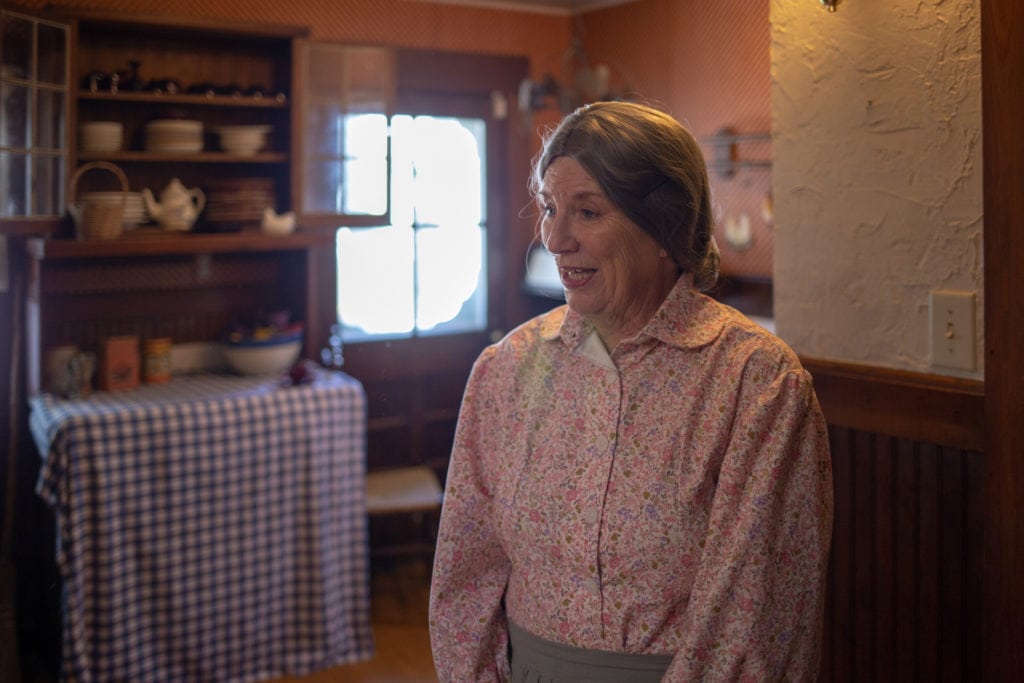
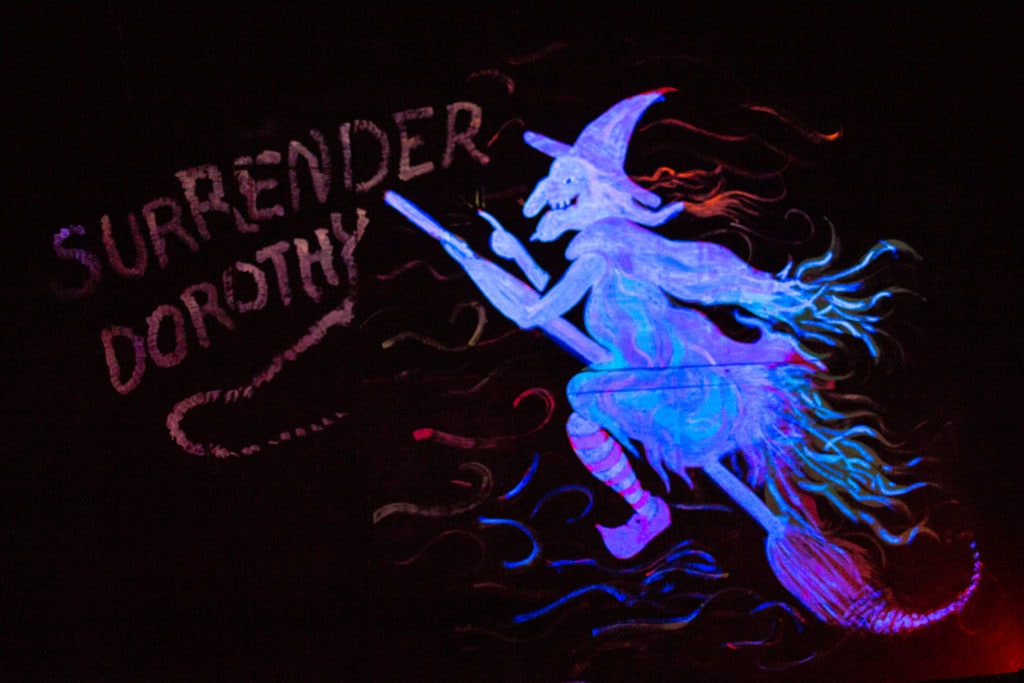
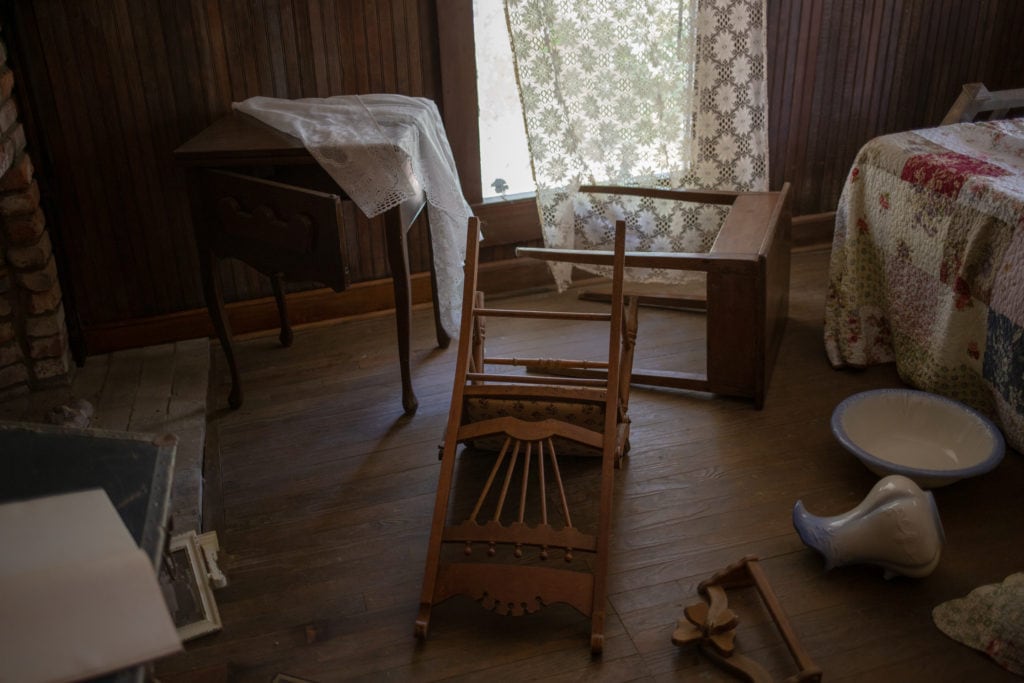
Huge, colorful flowers bloom on the trees, ripe red apples dangle tantalizingly from branches, and the yellow brick road stretches out before me. Much like Dorothy—and thousands before me—I’ve been thrust into the technicolor world of Oz.
Witch, please
Autumn at Oz is geared toward parents and small children, but I spot fans of all ages. I see several pairs of ruby slippers; there’s a service dog dressed as Glinda the Good Witch and t-shirts with Oz-themed images and slogans such as “Witch, Please.” Visitors follow the yellow brick road and line up to take photos with characters, including Glinda, the Cowardly Lion, the Scarecrow, the Tin Man, flying monkeys, Winkie Guards, the Wicked Witch of the West, and Dorothy herself.
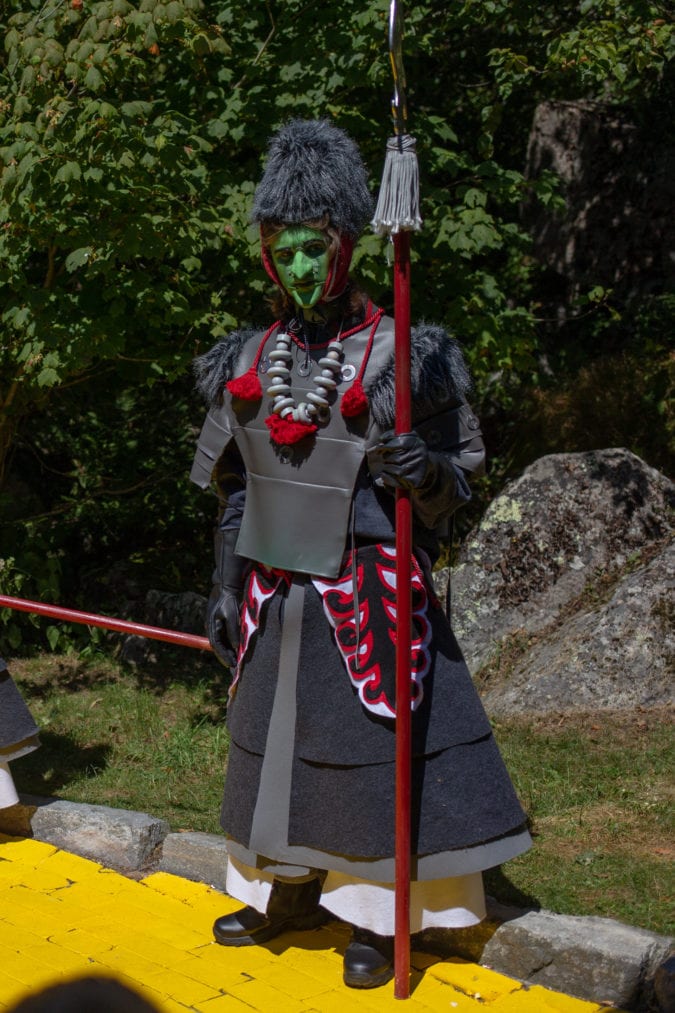
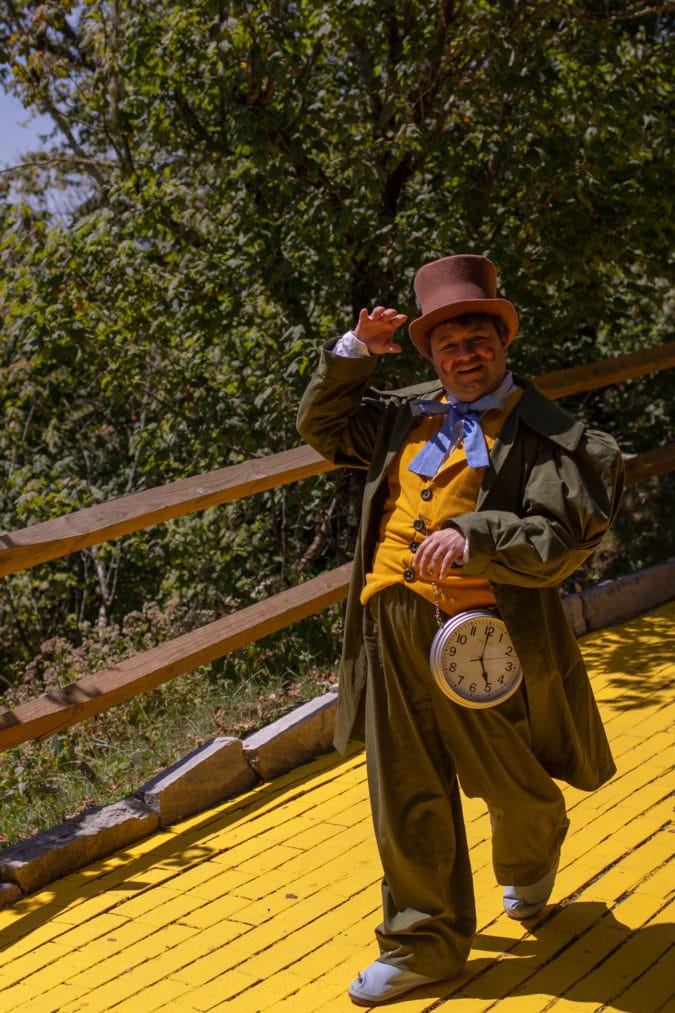
Land of Oz was never much of an amusement park; there was only one real ride (a sort of ski lift-turned-hot air balloon) and there isn’t much left from the original park. After it closed in 1980—due in part to the ‘70s gas crisis and its remote location—the park fell into disrepair. It was a popular destination for urban explorers, and yellow bricks, which had been fired specifically for the park, began disappearing.
In the ’90s, Cindy Keller of Emerald Mountain Realty purchased the park and began Autumn at Oz as a reunion for former Land of Oz employees. It proved popular, and now thousands of people attend the annual public festival. In 2013, the park added the Journey with Dorothy events in June and July and this year fans could also attend Showcase Saturdays, featuring Q&A sessions with employees from the park’s original run.
No place like home
I finally reach the emerald gates that spell out OZ—the bell is out of order, so I knock—and make my way into the Emerald City. Awaiting those who make it to the end of the yellow brick road are a few craft vendors, a food truck, a small merchandise table, and representatives from an Oz fan group. I take photos of the wizard, ready to ascend in his hot air balloon emblazoned with the words “State Fair Omaha,” and a white horse bathed in lights-of-a-different-color.

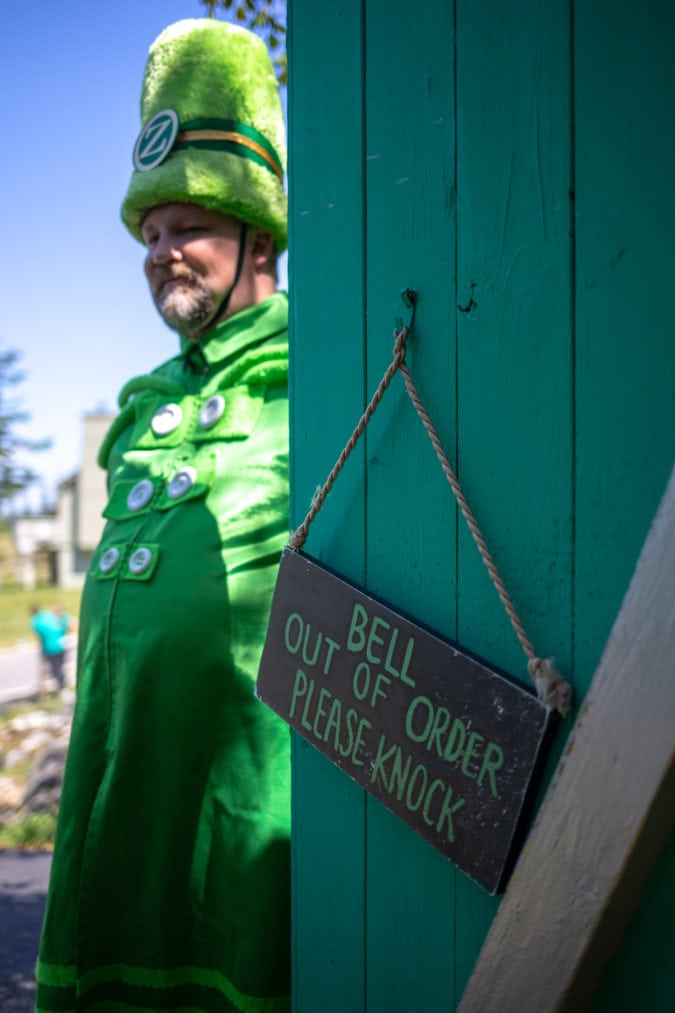
Much like the wizard himself, the Emerald City is a bit of a sham. In 1986, the entire original complex was bulldozed to make way for a residential development and in the harsh mountain sunlight, the temporary tents and green astro turf look cheap (the souvenirs, unfortunately, are not).
Even the movie has lost a bit of its luster when viewed through my adult eyes; each new high definition restoration, technological innovation, and behind-the-scenes documentary further shatters the illusion. Much of adulthood is spent discovering that childhood dreams are unrealistic—but there’s real joy to be found in cultivating knowledge, empathy, courage, and close friendships. And sometimes, if you’re really lucky, you get to spend a day in Oz.
Following Dorothy’s lead, I don’t stay too long in the Emerald City. I close my eyes, tap my heels together three times, and think to myself, “There’s no place like home.” And when that doesn’t work, I board the next shuttle and head back down the mountain.
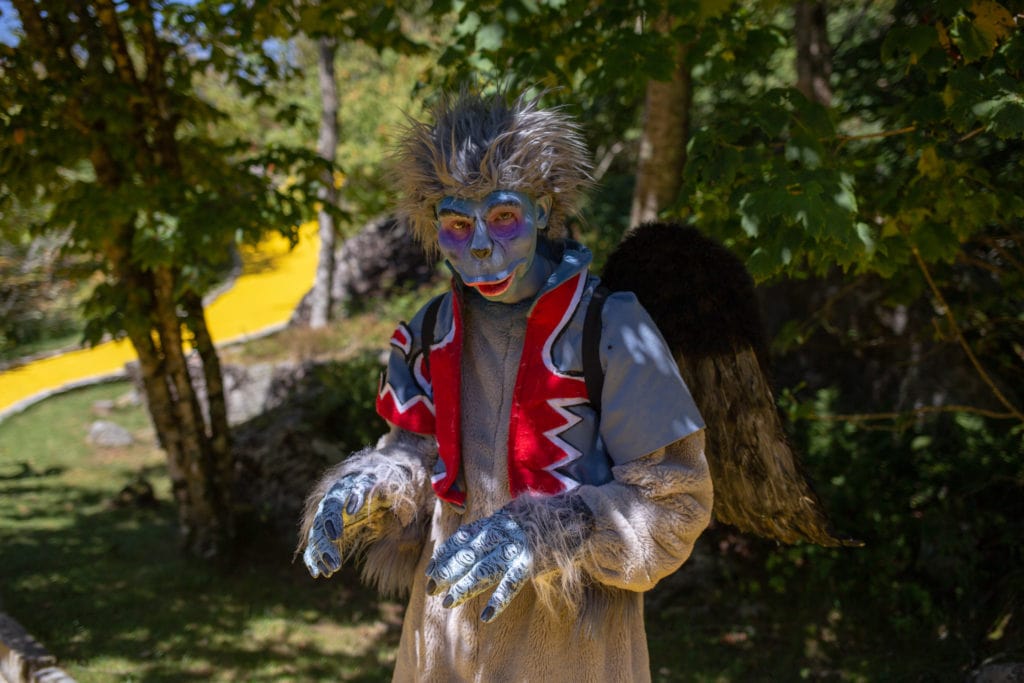
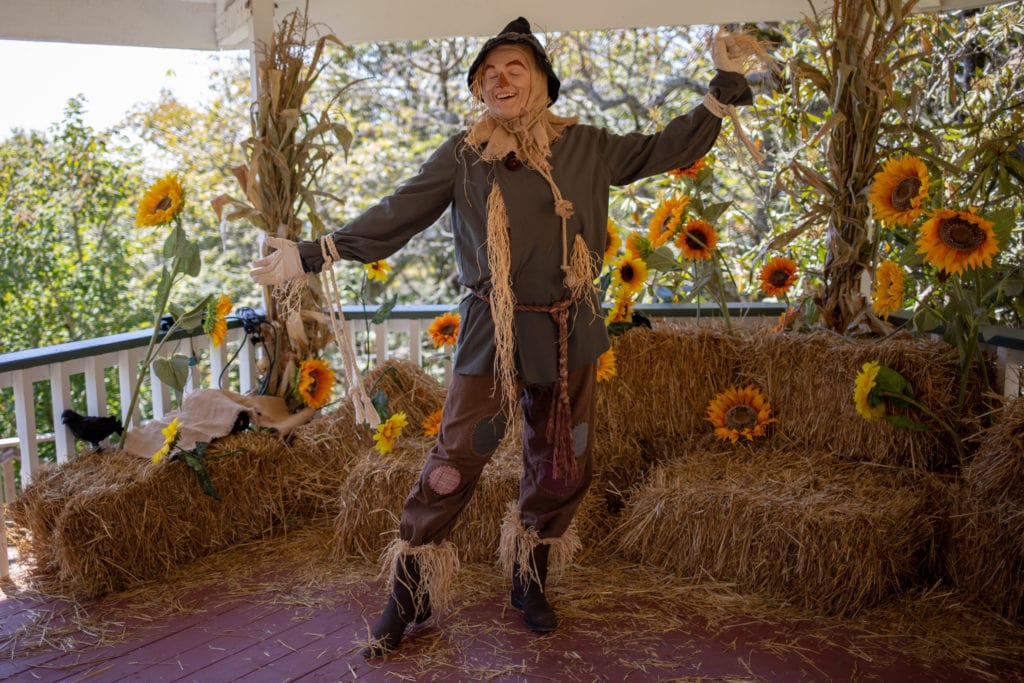
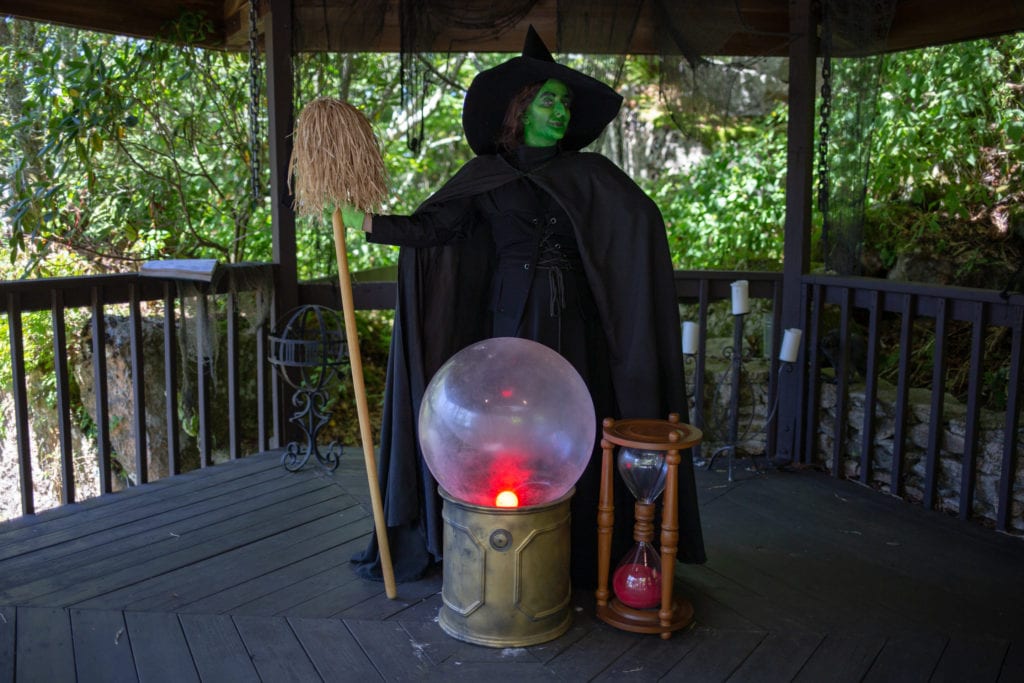
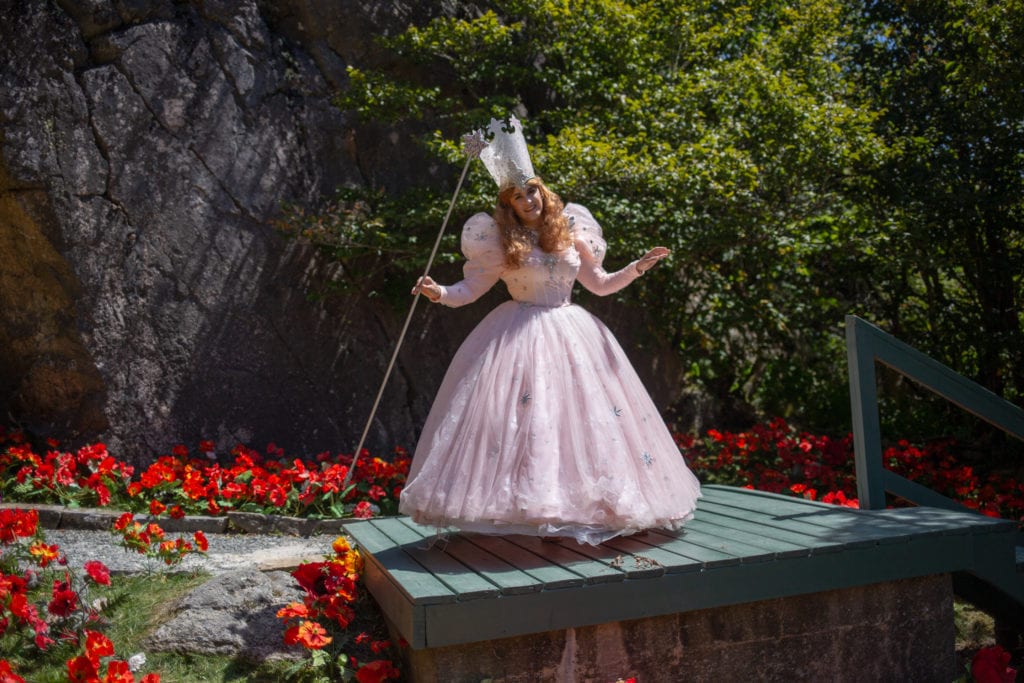
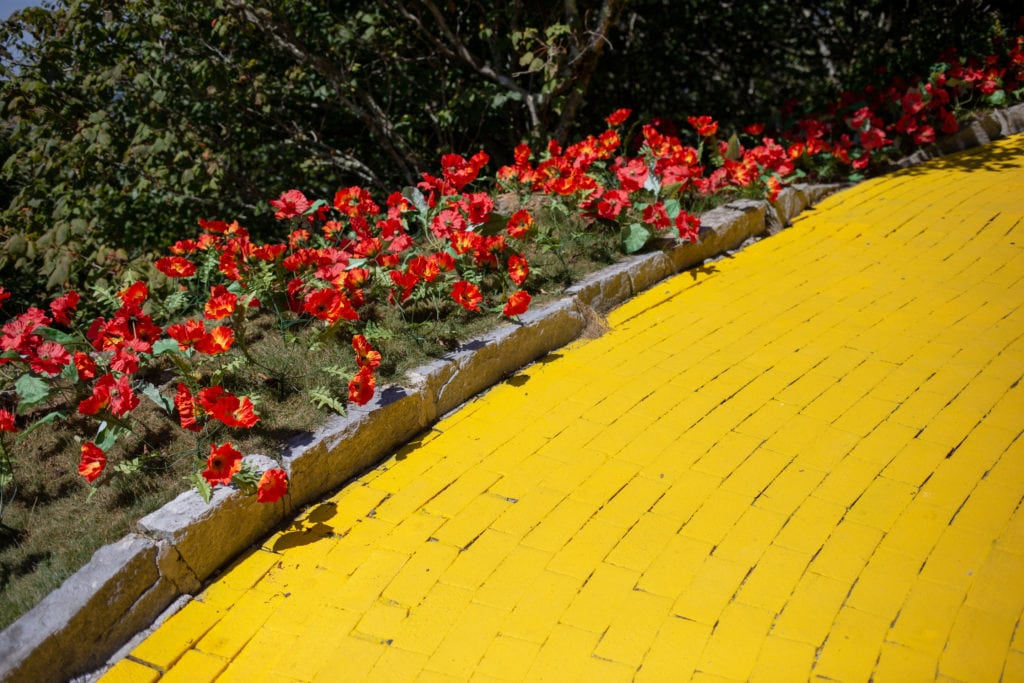
If you go
Journey with Dorothy takes place in June and July and Autumn at Oz takes place in September at Land of Oz.


